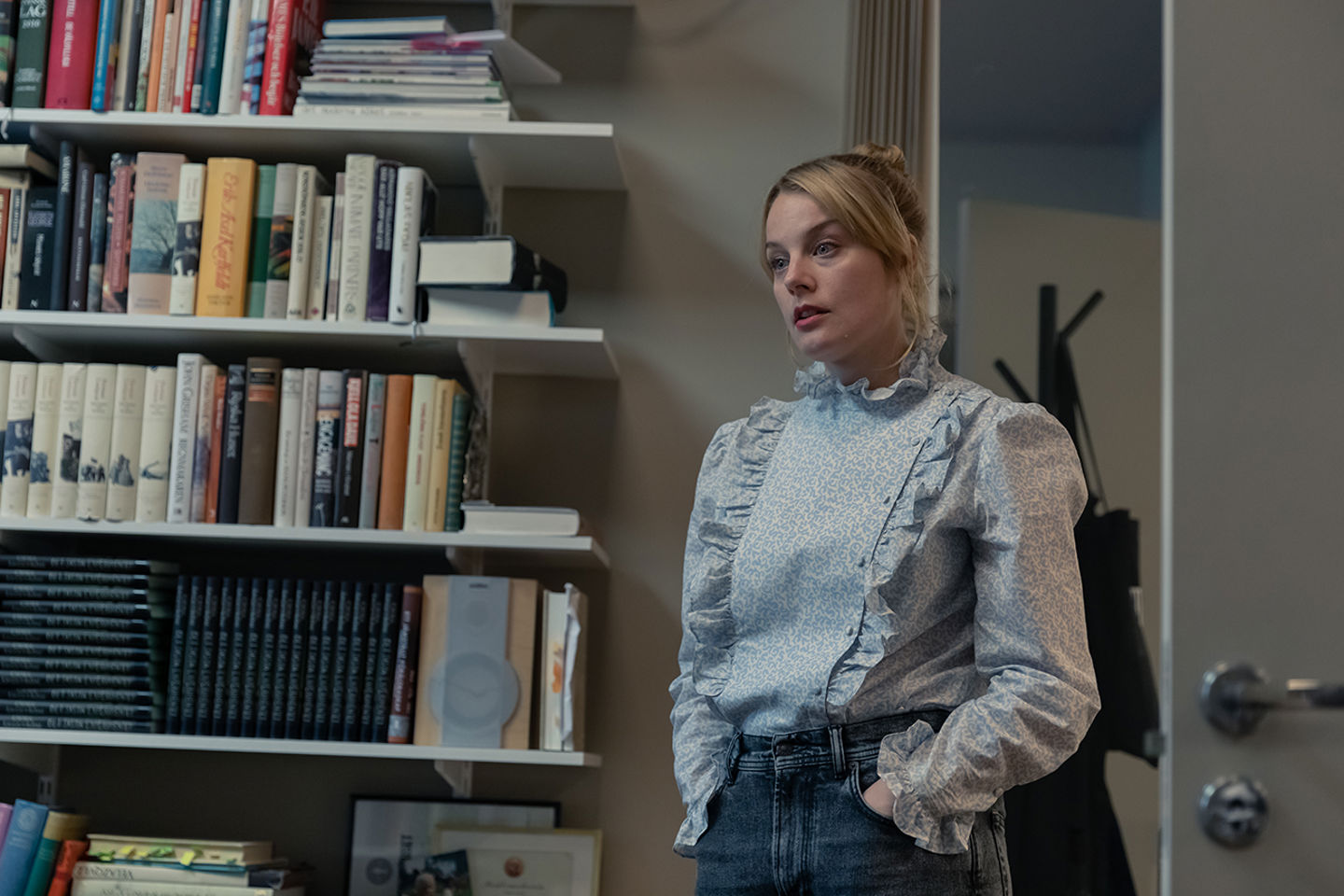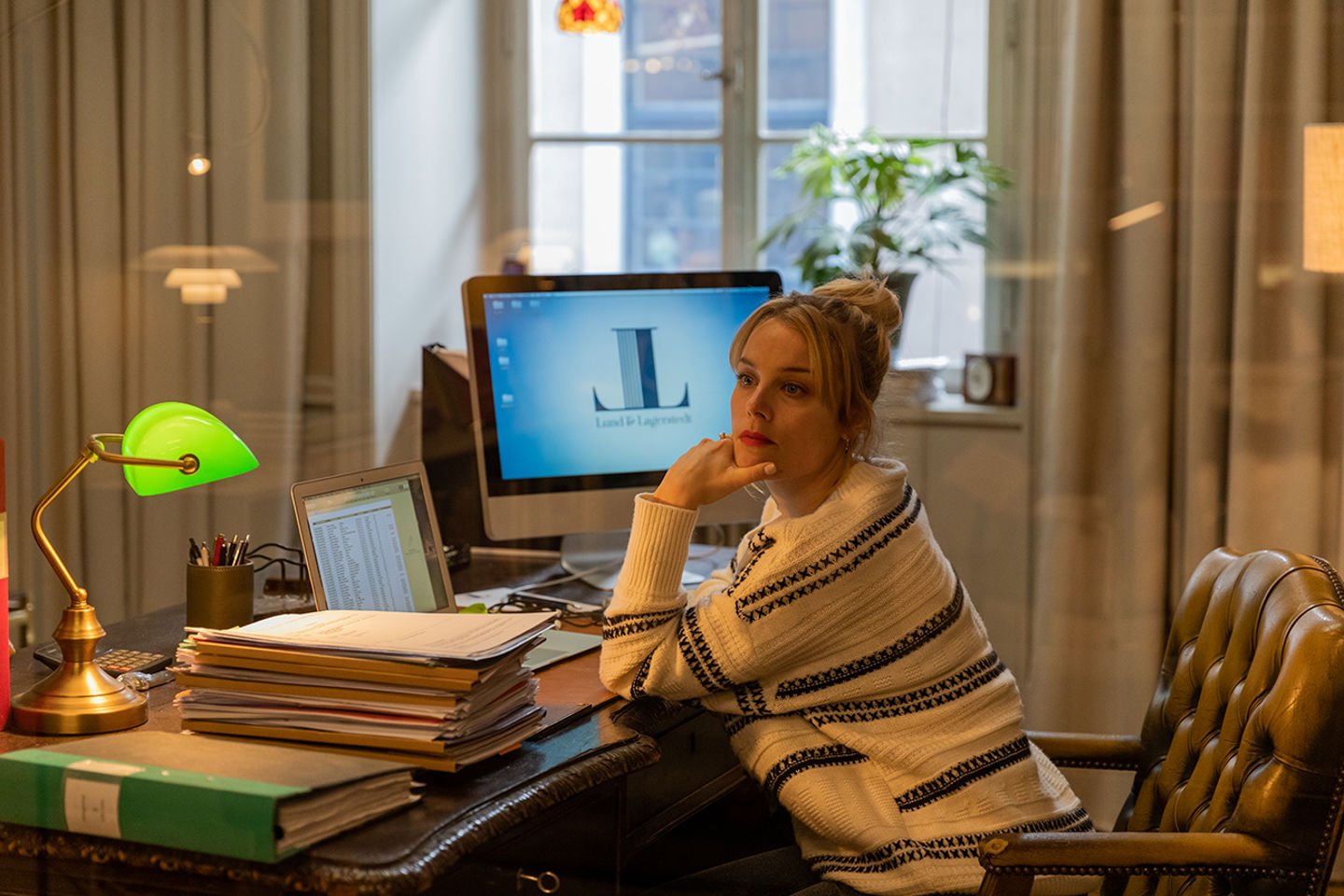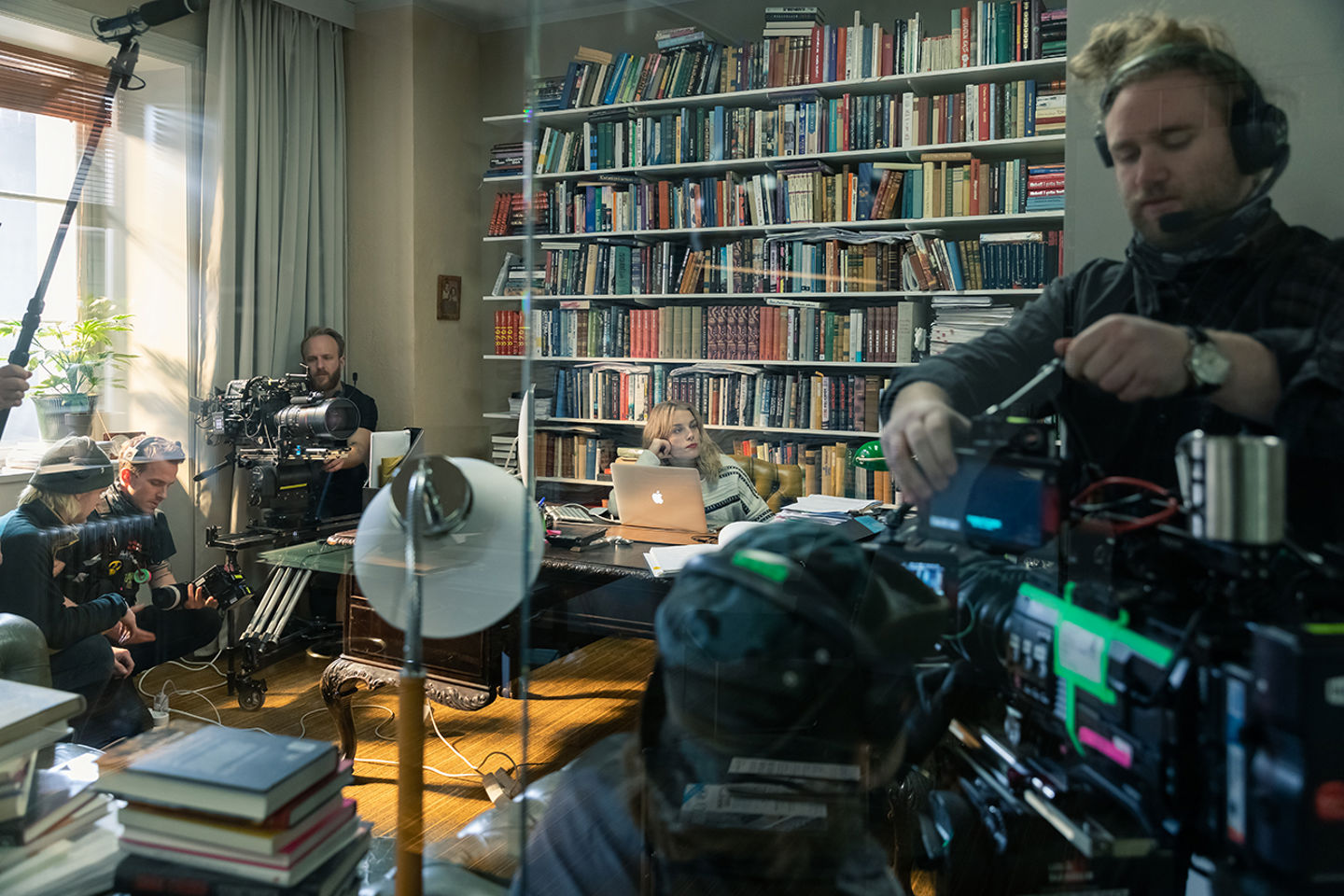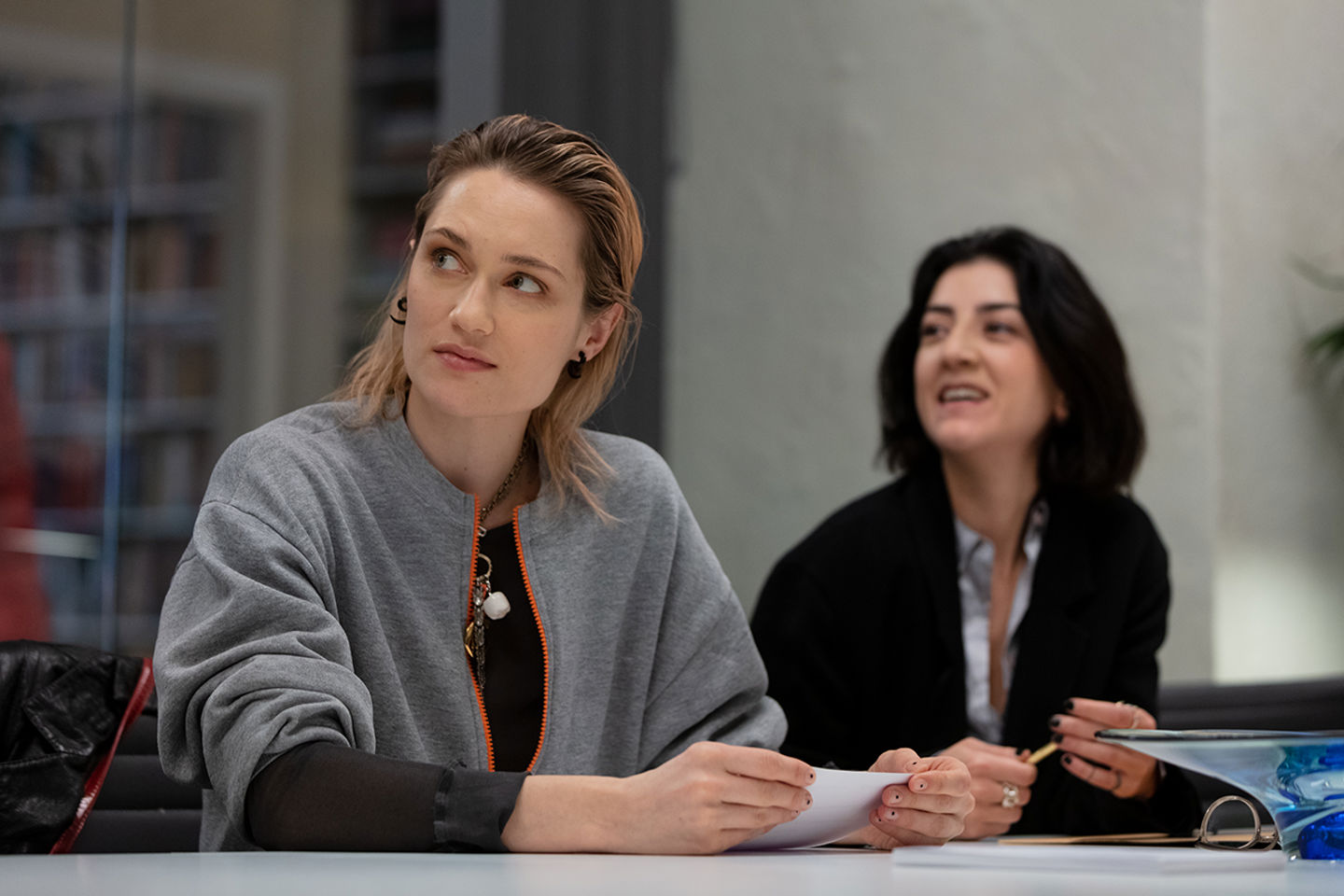Swedish drama has a unique international reputation – beautiful, bleak, slow and spiced with dark Nordic introspection. A modern Swedish romantic comedy would seem a hard sell, and yet Netflix’s Love and Anarchy has been a hit. The series charts the adventures of Sofie, a married-with-kids consultant who goes into an old Stockholm publishing company only to get involved with twentysomething Max, in the process pulling away from a life of polite respectability into spiraling excitement and danger.
We talked to key members of the production team about how they pulled it off, and how Dolby Vision HDR is helping to bring Scandinavian television to the next level.
Swedish drama has a unique international reputation – beautiful, bleak, slow and spiced with dark Nordic introspection. A modern Swedish romantic comedy would seem a hard sell, and yet Netflix’s Love and Anarchy has been a hit. The series charts the adventures of Sofie, a married-with-kids consultant who goes into an old Stockholm publishing company only to get involved with twentysomething Max, in the process pulling away from a life of polite respectability into spiraling excitement and danger.
We talked to key members of the production team about how they pulled it off, and how Dolby Vision HDR is helping to bring Scandinavian television to the next level.






